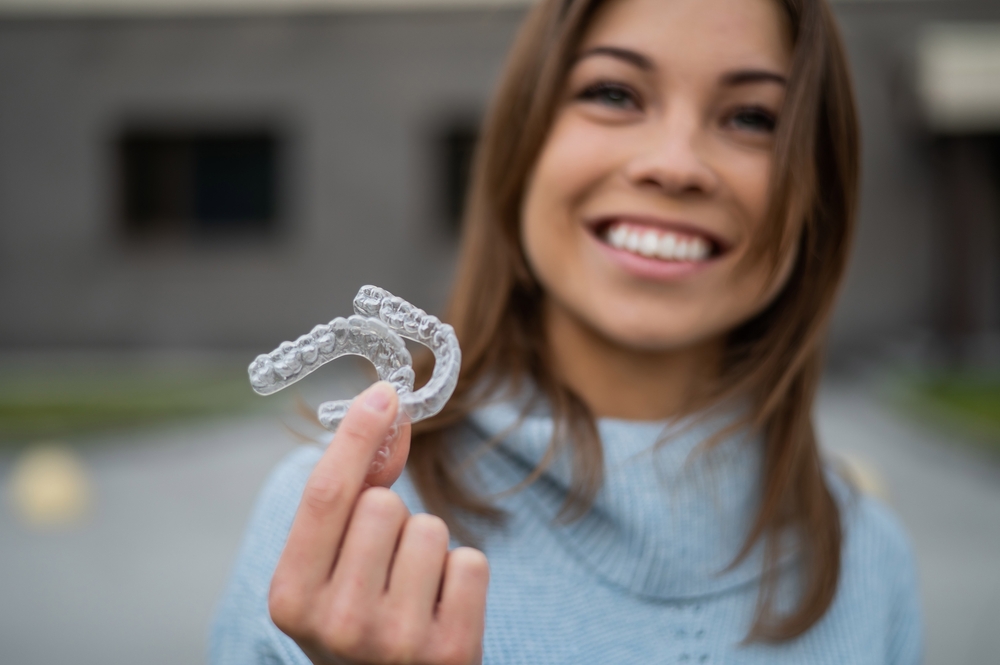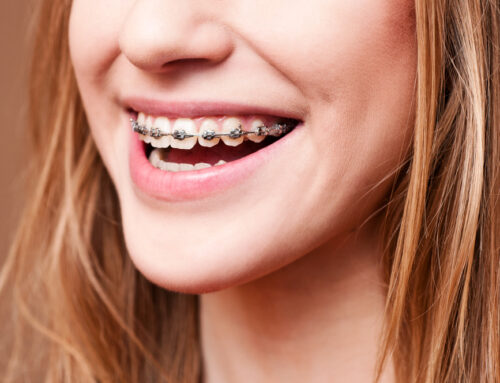Are you wondering if you’re going to need retainers after having your braces removed? The journey to achieving that perfect alignment with braces is one that requires dedication and patience. Spanning months, or even years for some, by its end, the anticipation of freeing one’s teeth from the metal or ceramic fixtures is palpable. Yet, the importance of retainers after orthodontic treatment cannot be emphasized enough.
While the braces chapter might conclude, a new chapter begins: the retainer phase. Custom-crafted devices, either made of wires or clear plastic, play the pivotal role of ensuring that your teeth remain in their newly acquired, desirable positions.
How Do Retainers Work?
Retainers are meticulously designed to hold the position of your teeth after braces. Post braces, there’s a natural inclination for teeth to revert to their initial spots—a situation termed “relapse”. Retainers stand as the bulwark against this tendency. Snugly fitting over your teeth, they provide the necessary resistance against any drifting, guaranteeing that the alignment achieved with braces remains intact. Let’s break it down:
- Preventing Natural Drift: After the active phase of orthodontic treatment concludes, there’s a natural inclination for teeth to drift or “relapse” back to their original positions. Retainers work by resisting this natural movement.
- Physical Barrier: Retainers act as a physical barrier that holds the teeth in place. They’re crafted to fit snugly over or against the teeth, mirroring the new alignment achieved through braces or other orthodontic treatments.
- Consistency is Key: The consistent use of retainers, especially in the initial months after braces removal, ensures that the bone and soft tissues surrounding the teeth solidify and adapt to the new dental arrangement.
- Types of Retainers: There are different types of retainers, each working slightly differently:
- Hawley Retainers: Made of acrylic and metal, these are removable retainers that fit against the palate with a wire that wraps around the front of the teeth.
- Essix Retainers: These are clear plastic retainers that fit directly over the teeth, similar in appearance to Invisalign trays.
- Fixed or Bonded Retainers: These consist of a thin wire bonded to the back of the front teeth. It remains in place all the time and is especially effective at preventing teeth from shifting.
- Custom Fit: Retainers are custom-made for each patient, ensuring they effectively maintain the specific tooth alignment achieved during the treatment phase.

Importance of Wearing Retainers
The vital function of retainers in the orthodontic journey is undeniable. Imagine the disappointment of seeing the alignment you worked so hard for slowly dissipate. Retainers step in as the defenders of your orthodontic accomplishments. Adhering to your retainer regimen is akin to safeguarding your orthodontic progress, also facilitating the settling of soft tissues surrounding your realigned teeth.
- Maintaining Alignment: The primary purpose of a retainer is to maintain the alignment of teeth after braces or other orthodontic appliances are removed. Teeth have a natural tendency to shift back to their original positions, and retainers help combat this tendency.
- Stabilizing the Bite: After the orthodontic treatment, the bone and soft tissues around the teeth need time to adjust to the new dental alignment. Retainers provide the necessary stability, allowing these tissues to reorganize and set the teeth firmly in their new positions.
- Preventing Oral Health Issues: Misaligned teeth can lead to several dental problems, such as difficulty cleaning certain areas, increased risk of decay, and potential gum disease. By wearing a retainer and maintaining proper alignment, these risks can be minimized.
- Cost-Effective in the Long Run: Failure to wear a retainer can result in teeth shifting back, necessitating further orthodontic treatment. Wearing a retainer, as advised, can save the additional costs associated with retreatment.
- Aesthetic Considerations: Most individuals seek orthodontic treatment for cosmetic reasons. To maintain the aesthetic benefits achieved through orthodontic treatment, it’s vital to wear retainers as prescribed.
- Addressing Natural Aging: As people age, there’s a natural tendency for teeth to crowd, especially in the lower front area. Regular retainer wear can help counteract this natural progression, ensuring a straight smile well into the later years.
- Boosting Confidence: A straight smile can have profound effects on an individual’s self-esteem and confidence. By wearing a retainer and preserving the results of orthodontic treatment, individuals can continue to enjoy the psychological benefits of a beautiful smile.
While the active phase of orthodontic treatment might be over, the responsibility of maintaining the results falls upon the consistent use of retainers. By understanding their importance and committing to their regular use, patients can enjoy the benefits of their straightened smile for a lifetime.
How Long Do I Have to Wear Retainers?
Duration recommendations for retainers differ. Typically, orthodontists advise full-time wear immediately after the removal of braces. This could last anywhere from several months to years. After this phase, many transition to wearing retainers only at night. It’s paramount to heed your orthodontist’s advice. At Ahava Orthodontics in Fort Worth, we tailor post-treatment plans, understanding that each individual’s journey is unique. To maintain that gleaming, straight smile, your retainer is an invaluable ally.
Pondering over braces or curious about the journey post-braces? Dr. Barron and the Ahava Orthodontics team in Fort Worth are here for you. Reach out to us today.




